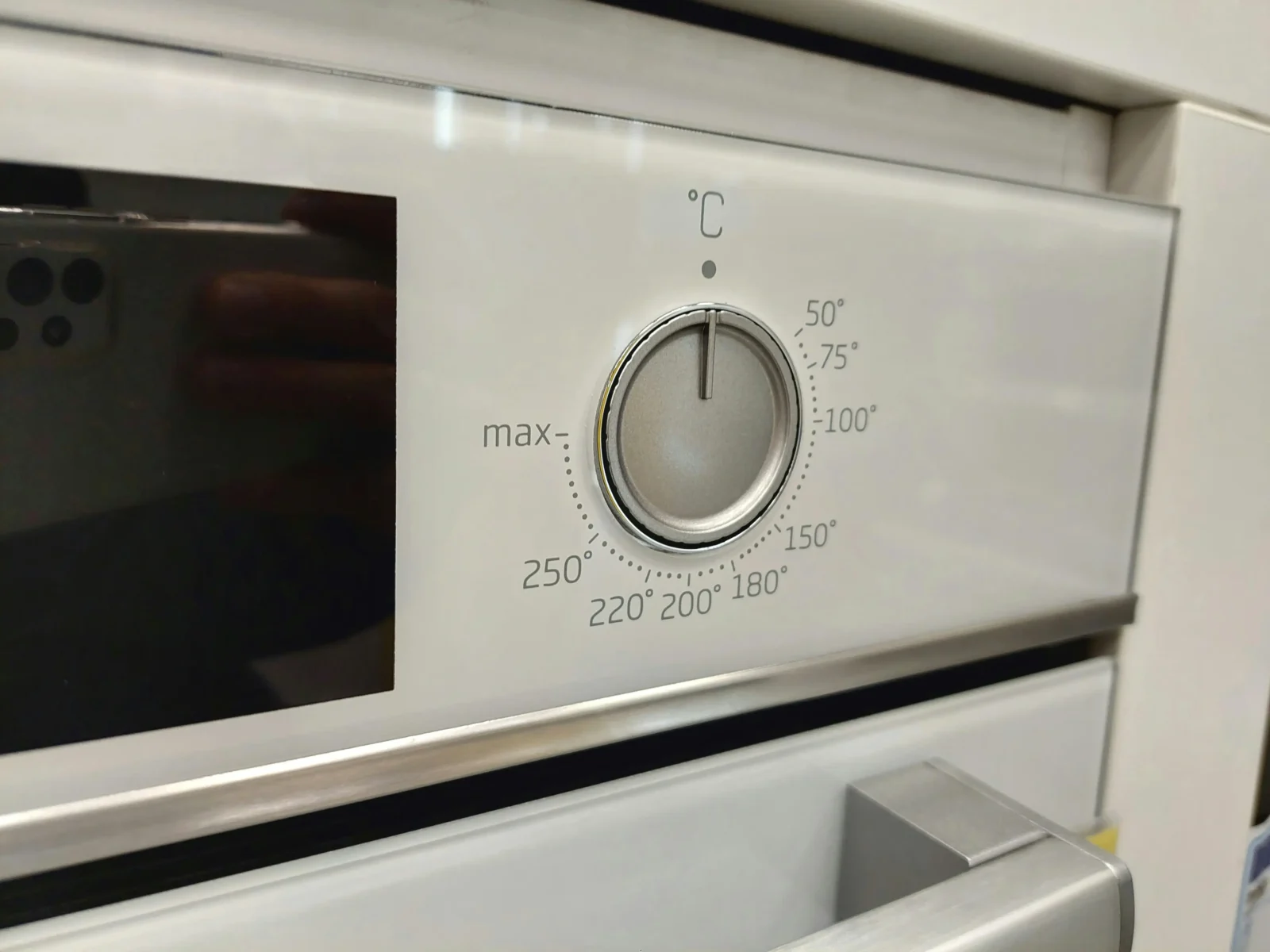- Home
- Articles
- Architectural Portfolio
- Architectral Presentation
- Inspirational Stories
- Architecture News
- Visualization
- BIM Industry
- Facade Design
- Parametric Design
- Career
- Landscape Architecture
- Construction
- Artificial Intelligence
- Sketching
- Design Softwares
- Diagrams
- Writing
- Architectural Tips
- Sustainability
- Courses
- Concept
- Technology
- History & Heritage
- Future of Architecture
- Guides & How-To
- Art & Culture
- Projects
- Interior Design
- Competitions
- Jobs
- Store
- Tools
- More
- Home
- Articles
- Architectural Portfolio
- Architectral Presentation
- Inspirational Stories
- Architecture News
- Visualization
- BIM Industry
- Facade Design
- Parametric Design
- Career
- Landscape Architecture
- Construction
- Artificial Intelligence
- Sketching
- Design Softwares
- Diagrams
- Writing
- Architectural Tips
- Sustainability
- Courses
- Concept
- Technology
- History & Heritage
- Future of Architecture
- Guides & How-To
- Art & Culture
- Projects
- Interior Design
- Competitions
- Jobs
- Store
- Tools
- More
How Do Welding Beads Improve Structural Integrity, Sealing, and Corrosion Resistance?

Welding is more than just joining two pieces of metal—it’s about ensuring that the connection formed can withstand mechanical stress, environmental exposure, and long-term wear. According to the American Welding Society (AWS), welding is involved in the fabrication of over 50% of U.S. products, from bridges and pipelines to ships and skyscrapers. Yet, the quality and characteristics of a weld often come down to one crucial factor: the welding bead.
A welding bead is not just a line of fused metal; it’s the visible (and structural) representation of the welder’s technique, choice of materials, and process control. Well-executed welding beads can significantly improve a structure’s integrity, sealing ability, and resistance to corrosion. This article will explore these benefits in depth, covering the functions of welding beads, their role in different applications, and how proper bead formation influences performance.
Table of Contents
ToggleUnderstanding Welding Beads
A welding bead is formed when molten filler metal solidifies along the joint between two workpieces. Its shape, penetration, and uniformity are key indicators of a weld’s quality. Every bead has essential components:
- Face – The visible surface of the weld.
- Root – The deepest penetration point into the base materials.
- Toe – The transition point between the bead and base metal.
- Leg – The measurement from root to toe in fillet welds.

Welding beads can vary in appearance and structure depending on the technique used—stringer beads (straight lines), weave beads (wider, oscillating patterns), and overlapping beads (layered passes for strength).
Improving Structural Integrity
1. Load-Bearing Capacity
In load-bearing structures, such as bridges, cranes, and pressure vessels, welding beads serve as the critical connection point where forces are transferred between components. A high-quality bead ensures even load distribution, reducing stress concentrations that could lead to cracking or failure.
The penetration depth of the bead—how far it fuses into the base materials—is essential. Deeper penetration typically means stronger bonding, provided it’s balanced with proper heat control to avoid weakening the metal.
2. Resistance to Fatigue and Vibration
Over time, structures are subjected to repeated stresses, such as traffic vibrations on bridges or cyclical pressure changes in pipelines. A uniform bead with smooth transitions between weld and base metal minimizes stress risers, which are points where cracks often initiate. This directly enhances fatigue resistance.
3. Defect Prevention for Longevity
Common weld defects like porosity, undercutting, and incomplete fusion can severely compromise structural integrity. Skilled bead formation reduces the likelihood of these defects, ensuring the weld maintains strength throughout its service life.
Enhancing Sealing Capabilities
1. Leak Prevention in Pressure Systems
In industries like oil and gas, chemical processing, and water treatment, welds are not only structural—they must be leak-proof. A continuous, defect-free bead acts as a seal that prevents fluids or gases from escaping under pressure.
Any discontinuity in the bead, such as pinholes or cracks, can compromise this seal. Proper welding techniques, correct electrode selection, and consistent speed help maintain bead continuity.
2. Surface Smoothness for Gasket Mating
When a weld is part of a sealed joint that uses gaskets, a smooth bead face is essential. Irregular weld profiles can prevent proper gasket compression, leading to leaks. Skilled welders often finish beads to create uniform surfaces that enhance gasket performance.
3. Full Penetration for Critical Applications
In tank fabrication and pipeline welding, achieving full penetration ensures that no gaps exist within the weld that could allow leaks to form over time. Proper bead geometry supports complete fusion through the joint thickness.
Boosting Corrosion Resistance
1. Eliminating Crevices and Gaps
Corrosion often starts where moisture and contaminants collect. Poorly formed beads can create crevices along the toe or root of the weld. These crevices trap corrosive agents, accelerating metal deterioration. A well-shaped bead with smooth transitions eliminates such traps.
2. Material and Filler Metal Selection
Matching the filler metal to the base material is critical to avoiding galvanic corrosion. Differences in composition between weld and base metal can create electrochemical cells, especially in marine or chemical environments.
For example, in stainless steel welding, using low-carbon grades (304L, 316L) or stabilized grades (321, 347) can prevent sensitization, a condition where chromium depletion leads to intergranular corrosion.
3. Controlling Heat Input
Excessive heat during welding can cause unwanted metallurgical changes, such as grain growth or carbide precipitation, which reduce corrosion resistance. Consistent bead formation with controlled heat minimizes these risks.
4. Post-Weld Treatments
Post-weld heat treatment (PWHT) and surface finishing can enhance corrosion resistance. PWHT relieves residual stresses and homogenizes microstructures, while grinding and cleaning remove surface contaminants and improve bead smoothness.
Common Defects that Undermine These Benefits
- Porosity – Gas entrapment weakens the bead and can lead to leaks.
- Undercut – Grooves at the weld toe reduce cross-sectional strength.
- Cracking – Can propagate quickly under stress or vibration.
- Incomplete Fusion – Leaves weak points vulnerable to failure.
- Slag Inclusion – Trapped non-metallic material reduces structural and sealing performance.
Preventing these defects requires proper preparation, parameter control, and post-weld inspection.

Best Practices for Welding Bead Quality
- Material Preparation – Remove all contaminants, rust, and oils from the surfaces to be welded.
- Proper Heat Management – Balance voltage, amperage, and travel speed to avoid overheating or insufficient penetration.
- Electrode and Filler Choice – Match filler composition to the base material for optimal bonding and corrosion resistance.
- Technique Selection – Use stringer beads for precise control or weave beads for wider coverage, depending on application.
- Inspection and Testing – Employ ultrasonic, radiographic, or magnetic particle testing to detect internal flaws.
- Post-Weld Finishing – Grind or smooth beads for aesthetic quality, improved sealing, and corrosion protection.
Developing consistent bead profile and penetration control comes with guided practice. For welders pursuing combination welding skills across GTAW, GMAW, FCAW, and SMAW, the welding training at Tidewater Tech offers shop-based instruction on torch and gun manipulation, travel speed, heat input, and code-aware inspection basics, plus cutting processes and safety. Structured labs accelerate competency in producing defect-free stringer and weave beads for structural, pressure, and corrosion-critical applications.
The Role of Advanced Welding Equipment
Modern welding machines, like those from Megmeet and other industry leaders, offer precise control over parameters, ensuring consistent bead formation. Features such as pulse welding, synergic control, and adaptive feedback help welders produce smooth, uniform beads with minimal defects. This technology not only improves weld quality but also enhances productivity and repeatability.
Conclusion
Welding beads are far more than a visual byproduct of joining metal—they are the foundation of a weld’s strength, sealing ability, and resistance to environmental degradation. By understanding and applying best practices in bead formation, welders can create joints that perform reliably under mechanical stress, prevent leaks, and resist corrosion for decades.
The next time you evaluate a welded structure, remember that the bead you see is more than just molten metal solidified—it’s a key factor in determining the safety, durability, and longevity of the entire project.
illustrarch is your daily dose of architecture. Leading community designed for all lovers of illustration and #drawing.
Submit your architectural projects
Follow these steps for submission your project. Submission FormLatest Posts
How to Choose the Best Balloon Garland Kit for Your Event Theme
Balloon garlands are now a very popular decoration for today’s celebrations, including...
Dependable Service for Everyday Appliance Problems
When a washer stalls mid-cycle or a fridge warms up, you need...
8 Essential Web-Based Mapping Tools for Modeling Sea Level Rise and Flood Impacts
As climate change accelerates, flood risk and sea level rise have become...
How Sydney’s Architecture Responds to Climate, Light, and Lifestyle
Sydney’s architecture has never been driven by form alone. It evolves through...












Leave a comment